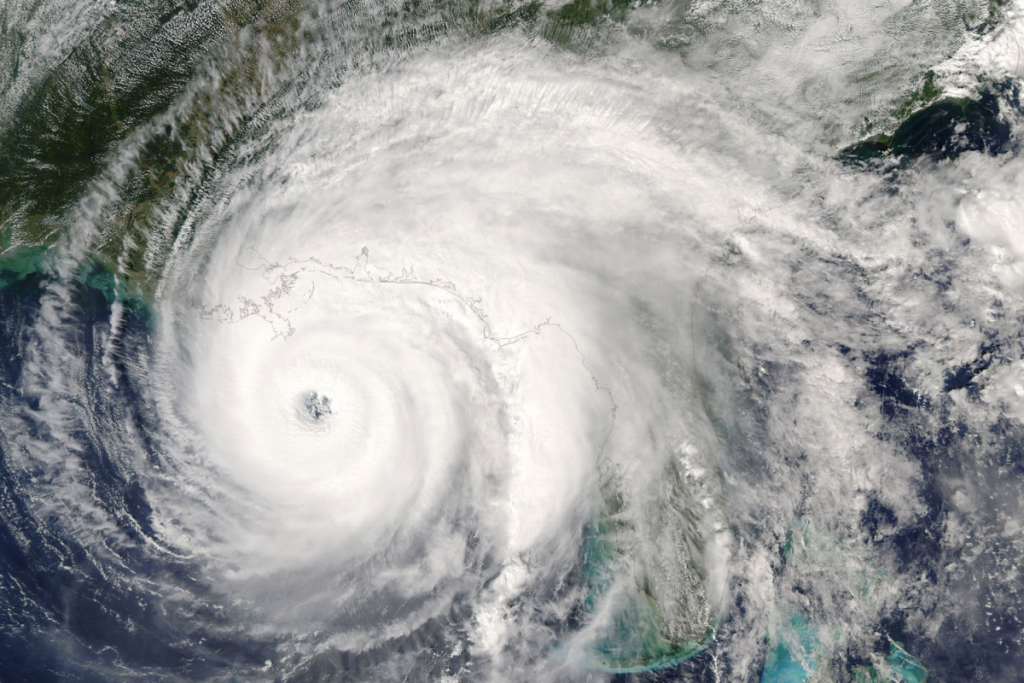Mass evacuations and flooding
Nearly 2 million people in southern China were evacuated this week as Typhoon Ragasa swept across the region, leaving widespread damage in its path. The storm triggered landslides, floods, and waves up to three meters high in Guangdong province, home to megacities such as Shenzhen and Guangzhou. In neighboring Taiwan, at least 17 people lost their lives and 17 remain missing after a natural dam collapsed, releasing 68 million tons of water that inundated Guangfu township in Hualien County. Authorities had warned for weeks the lake could overflow, but underestimated the impact of heavy rainfall combined with the storm.
Hong Kong and Macao on lockdown
The storm forced Hong Kong and Macao, with a combined population of more than 8 million, to shut down schools, businesses, and transportation. Winds reached 168 kilometers per hour in Hong Kong, tearing down scaffolding and flooding parts of the city, including luxury hotels along the waterfront. In Macao, waist-deep water filled the streets, halting activity in the world’s most densely populated city. At least 90 people were injured in Hong Kong, and nearly 900 sought refuge in temporary shelters as storm surges battered coastal areas.
Prepared but still vulnerable
Despite the intensity of Ragasa, cities in the region are known for their advanced typhoon preparedness. Hong Kong’s $3.8 billion drainage system has significantly reduced flood risks, while Guangdong moved 10,000 vessels to safety and put 38,000 firefighters on standby. Even so, the storm exposed the vulnerability of coastal infrastructure, with bridges washed away in Taiwan and mass evacuations ordered in Zhuhai. One longtime resident described it as the first time in 30 years she had been forced to leave her home due to a storm.
Climate pressures and future risks
Experts warn that the climate crisis is making typhoons more frequent and more powerful. Warmer oceans and higher atmospheric moisture provide storms with extra energy, amplifying both wind speeds and rainfall. Ragasa is already the ninth typhoon to hit Hong Kong this year, surpassing the city’s annual average of six. Scientists say cities must update building codes and coastal defenses to prepare for stronger storms, higher sea levels, and greater flooding risks. Cleanup is still underway in the Philippines, where Ragasa was a Category 5 storm, and another system, Typhoon Opong, is already forming in the aftermath, signaling a long season ahead.


